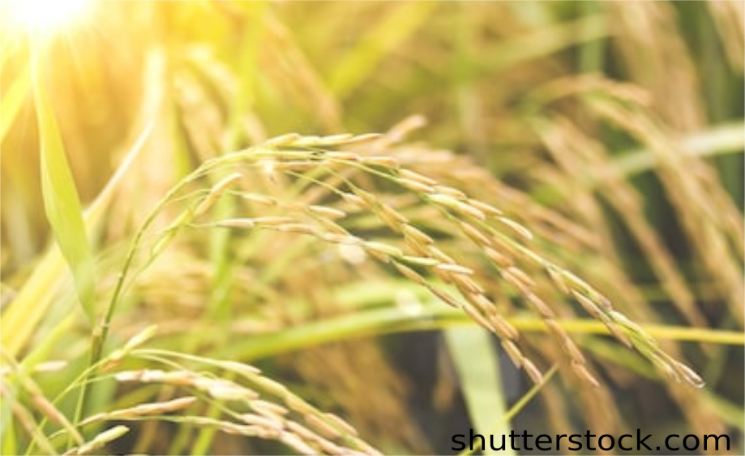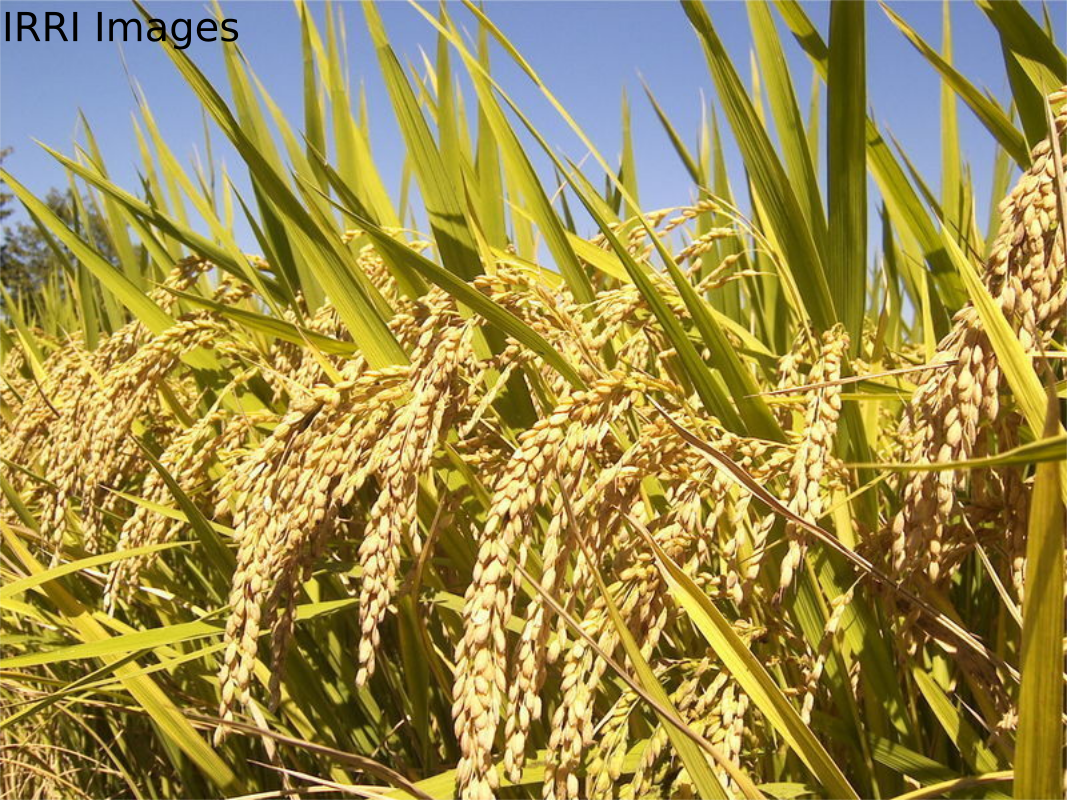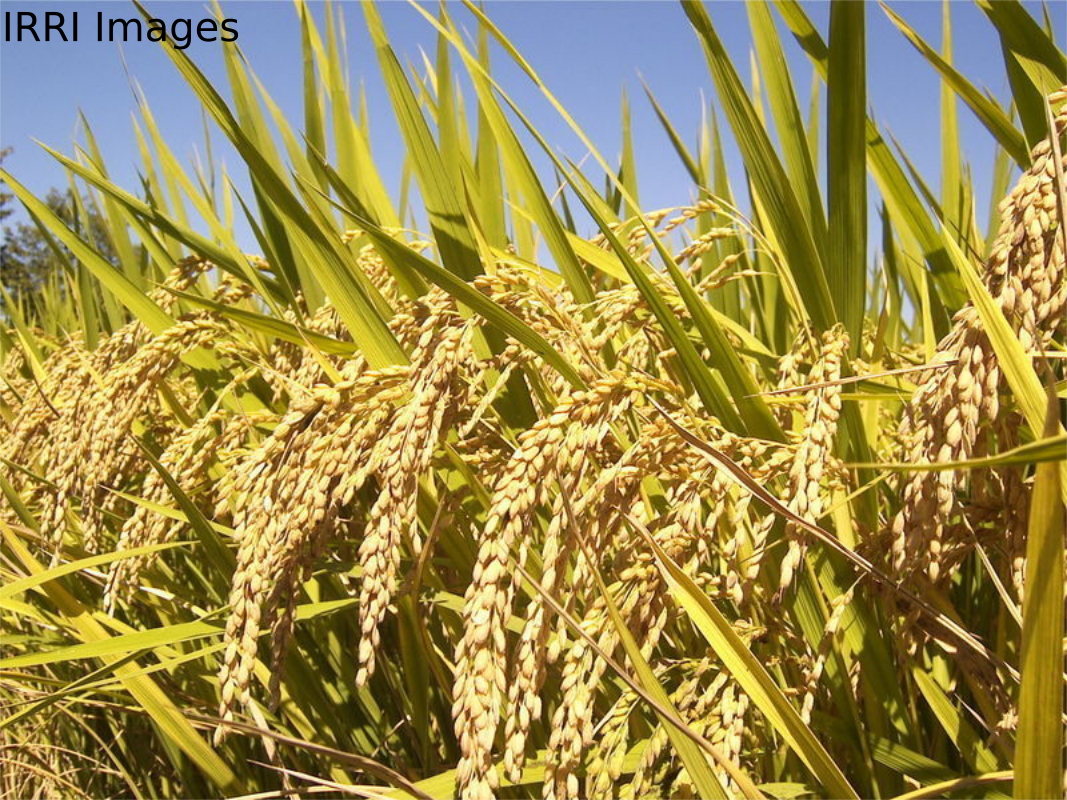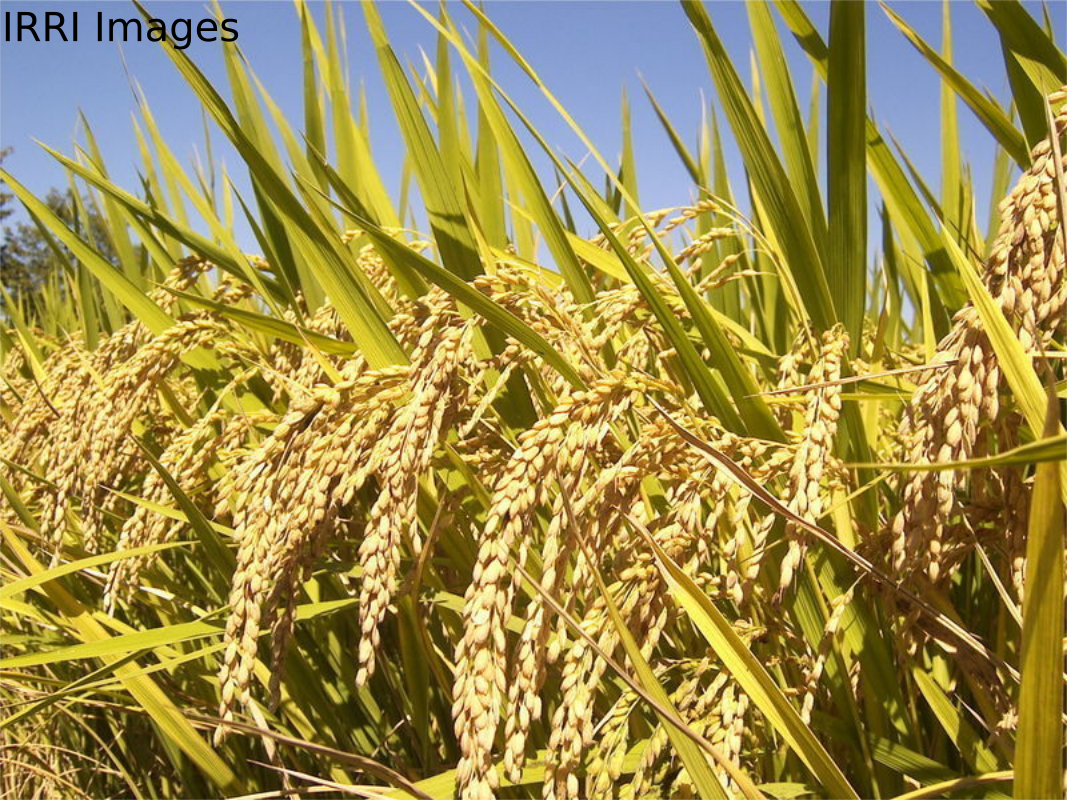Genomes
The Rice Genome Hub provides access to 32 genomes and their annotation. Analysis performed on these genomes have also been integrated.

Oryza barthii
Oryza barthii is the AA genome progenitor of the West African cultivated rice, O. glaberrima. It belongs to the AA genome group and has 12 chromosomes and a nuclear genome size of 411 Mb (flow cytometry). It is found in mopane... read more

Oryza brachyantha
Oryza brachyantha (wild rice) is a distant relative of cultivated rice (O. sativa Japonica and O. sativa Indica). It is placed on the basal lineage of Oryza and is the only member of the genus assigned to the F-genome type. An annual or... read more

Oryza glaberrima CG14
Oryza glaberrima (African rice) is a cultivated grain distinct from its better known cousin Oryza sativa (Asian rice). African rice was independently domesticated ~3000 years ago in the Niger River Delta from its still extant... read more
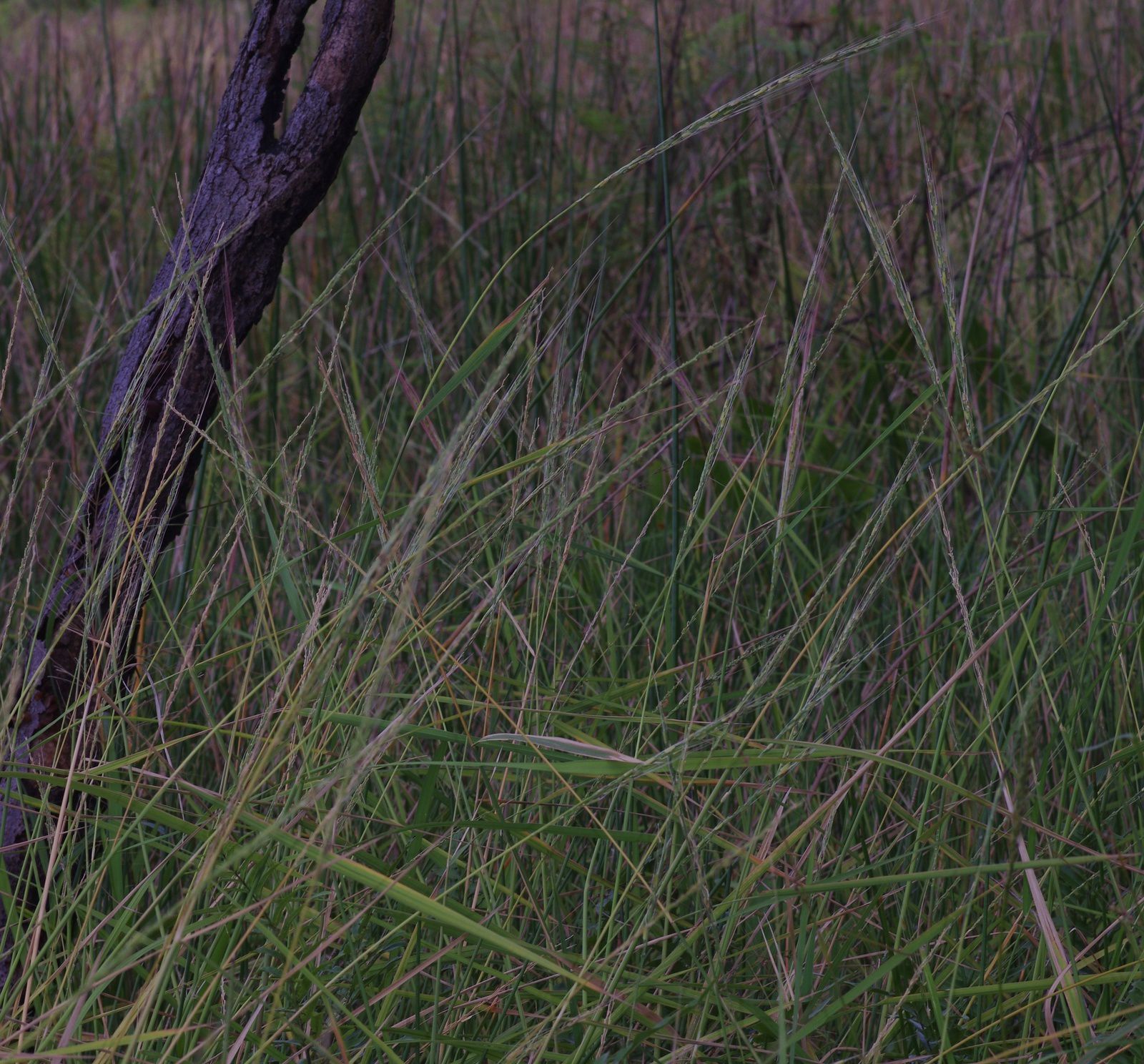
Oryza glumipatula
Oryza glumipatula is a wild rice from South America, one of the rice species included in the OMAP project. It belongs to the AA genome group and has 12 chromosomes with a nuclear genome size of 464 Mb (flow cytometry). It is found in... read more
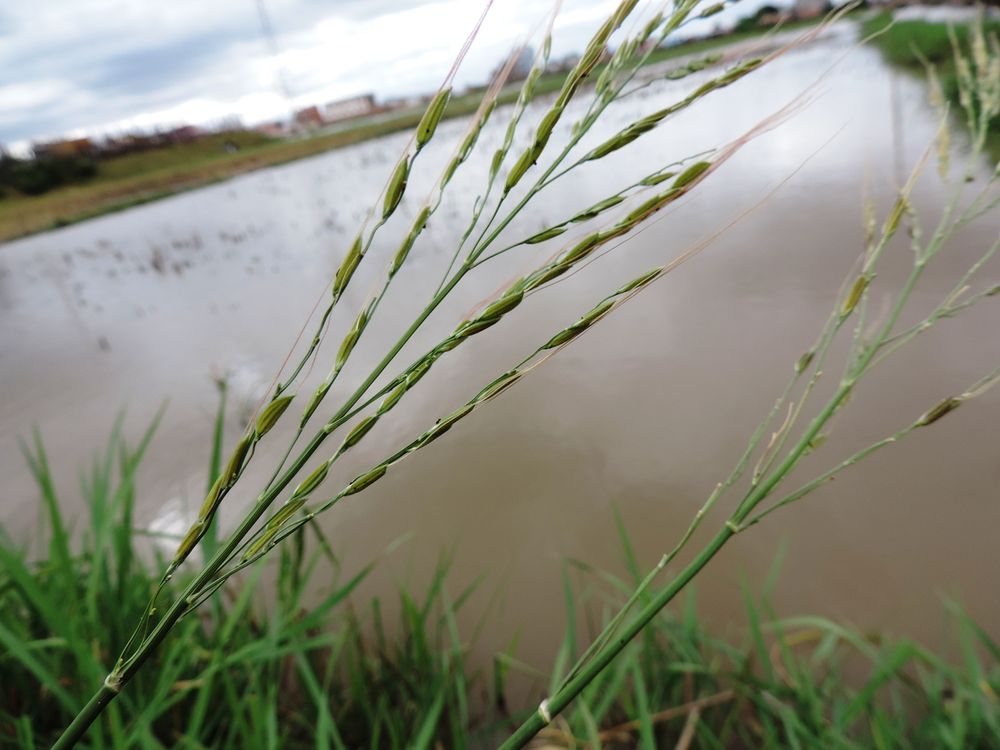
Oryza longistaminata
Oryza longistaminata (AA genome type) is a wild rice, Perennial, tall (2 m or more), erect, and rhizomatous grass; ligule of lower leaves >15 mm, acute or 2-cleft; panicles open to intermediately open; spikelets 4.5-11.4 mm long and 2... read more

Oryza meridionalis
Oryza meridionalis is a wild rice found in Australia, one of the wild rice species included in the OMAP project. It belongs to the AA genome group. It has 12 chromosomes with a nuclear genome size of 435 Mb (flow cytometry). It is found... read more
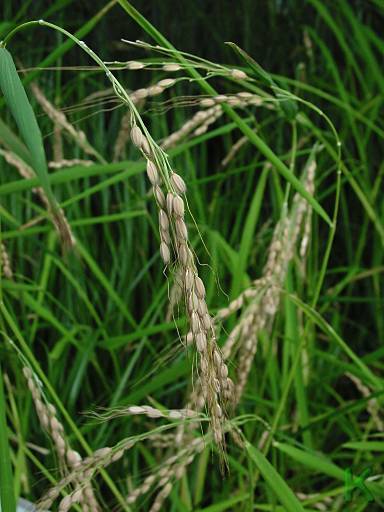
Oryza nivara
Oryza nivara is a wild rice from India; one of rice species being used in the OMAP project. It belongs to the AA genome group. Breeders are interested in this organism because it exhibits resistance to grassy stunt virus. It is found in swampy... read more
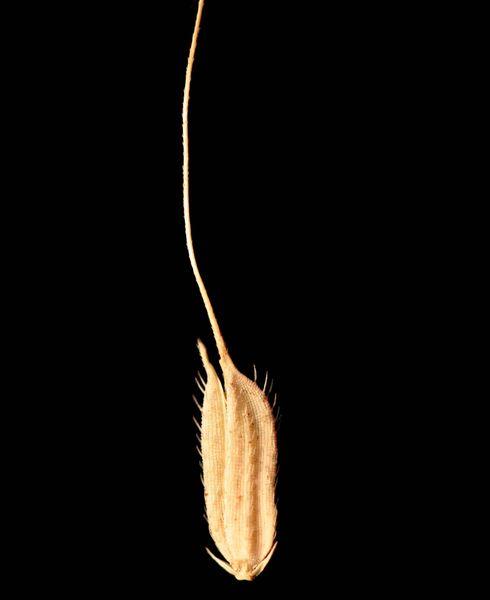
Oryza punctata
Oryza punctata is a wild rice species native to Africa. Breeders are interested because of demonstrated resistance to bacterial blight and brown plant hoppers. O. punctata, a diploid, belongs to the O. officinalis complex within the Oryzeae... read more
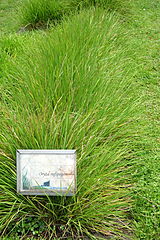
Oryza rufipogon
Oryza rufipogon (AA genome type) is a wild rice, perennial, tufted, and scrambling grass with nodal tillering; plant height variable (1-5 m) depending on the depth of water; panicles open; spikelets usually 4.5-10.6 mm long and 1.6-3.5... read more
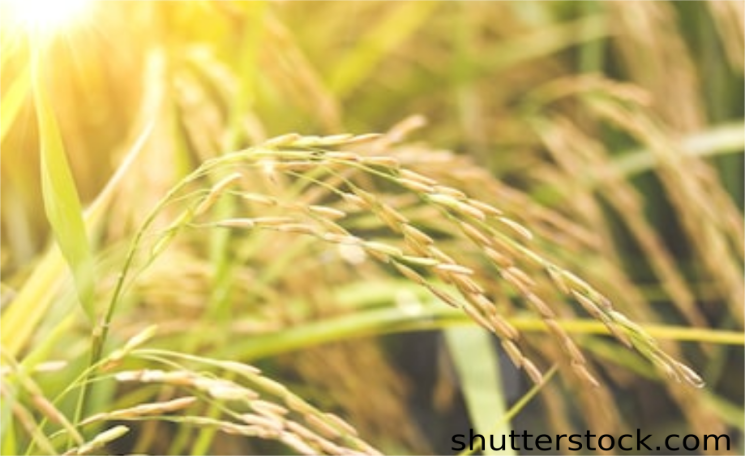
Oryza sativa basmati Basmati334
Basmati 334 (IRGC 27819; GeneSys passport) is a basmati (sensu stricto) landrace from Pakistan and was originally donated to the International Rice Research... read more
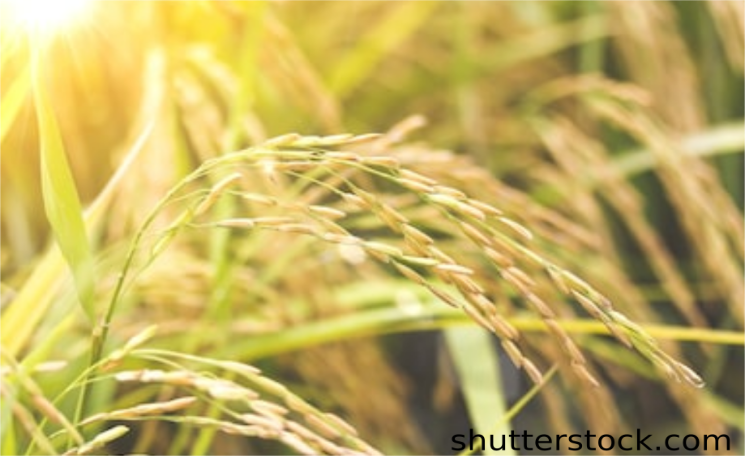
Oryza sativa basmati sadri Dom Sufid
Dom Sufid (IRGC 117265; GeneSys passport) is a sadri landrace from Iran.
Seeds from accessions IRGC 117265 were obtained from the IRRI seed bank, surface-... read more
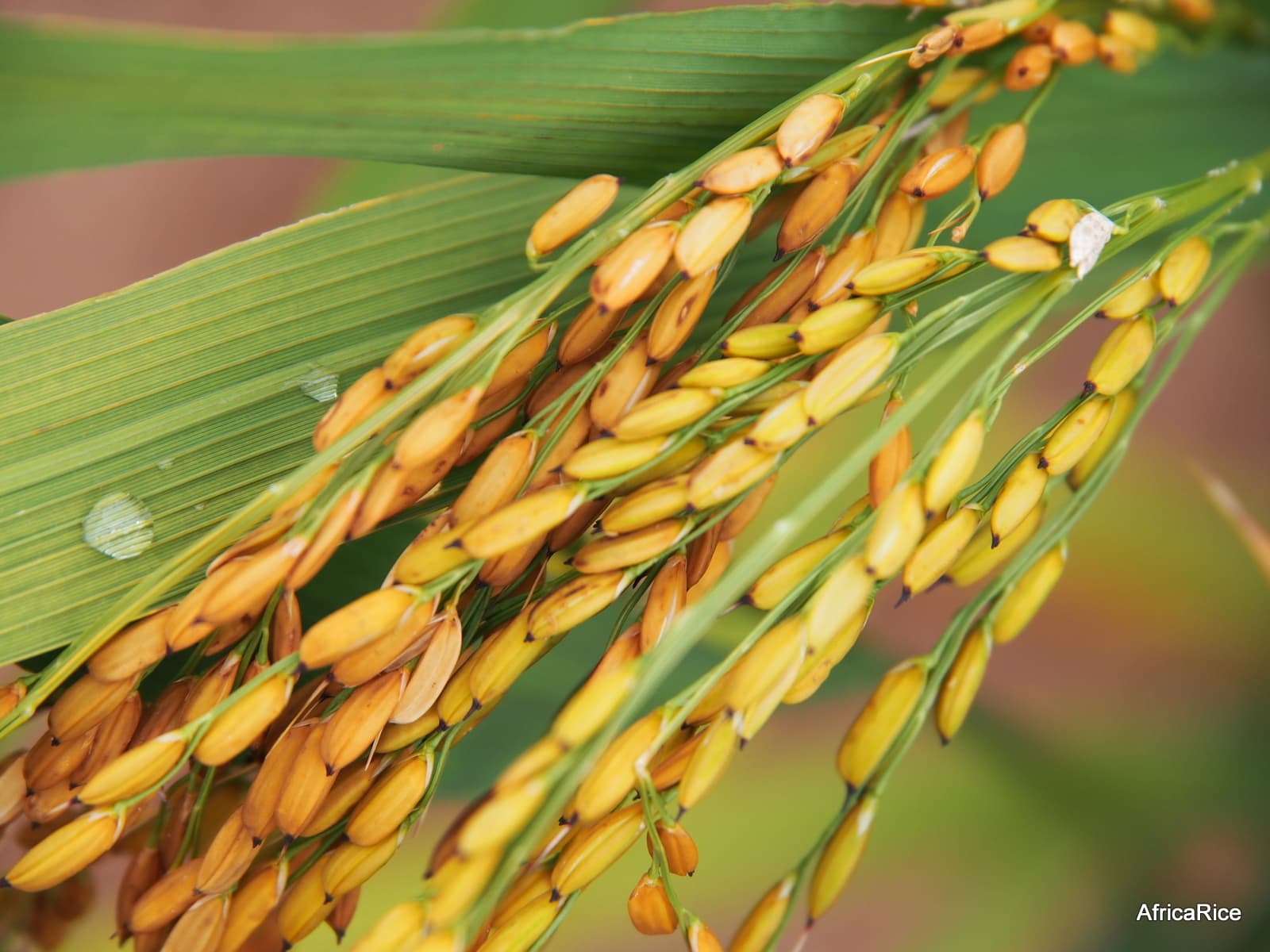
Nerica L19
The New Rice for Africa (NERICA) varieties are the first wide-scale success of crossing of the two cultivated species: Oryza sativa, known as ‘Asian rice’, and O. glaberrima, often called ‘African rice’ and found only in Africa.
The most... read more
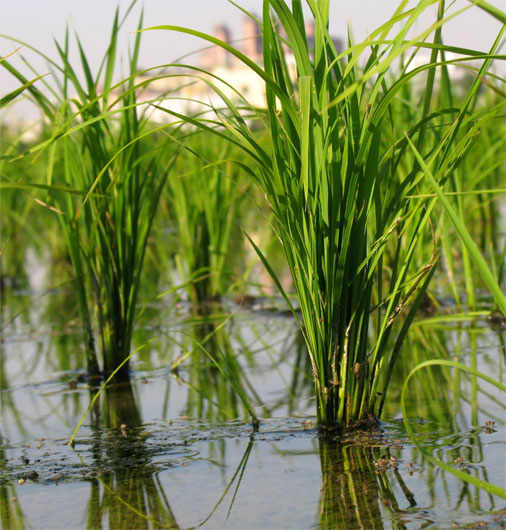
Oryza sativa N22
The rice variety aus Nagina-22 (also know as N22) is originated from india and has shown tolerance aigainst difficult conditions, like heat and drought. The variety is therefore recognized for these qualities as a good germplasm for the... read more

Oryza sativa indica IR8
IR8, world’s first high-yielding rice, turns 50
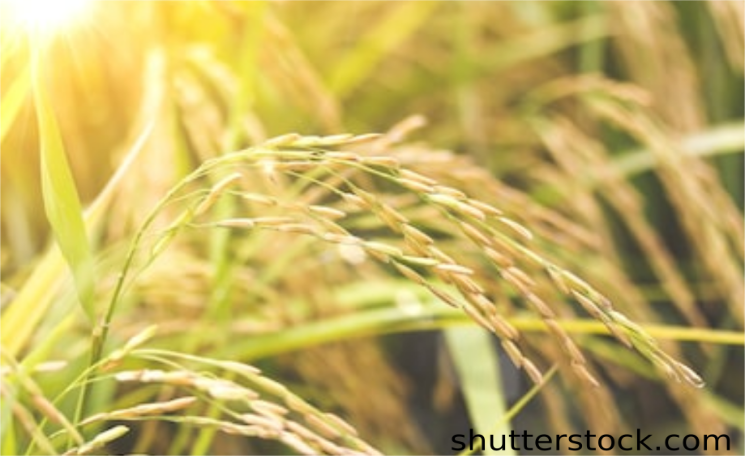
Oryza sativa indica MH63
Minghui 63 (MH63) contain a number of important agronomic traits and is one of the parents (with Zhenshan 97) of Shanyou 63, which is the most widely cultivated hybrid rice in China.
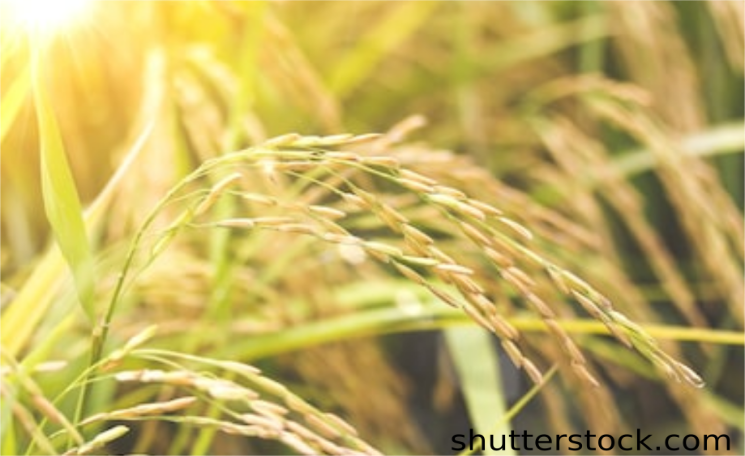
Oryza sativa indica R498
Rice (Oryza sativa, 2n=2x=24) is one of the most important crops in the world, grouped into two subspecies: indica and japonica.
As a high-quality reference genome for the indica cultivars group was still needed, the cultivar R498 was... read more

Oryza sativa indica ZS97
Zhenshan 97 is the female parent of a number of widely used hybrids for rice production in China.
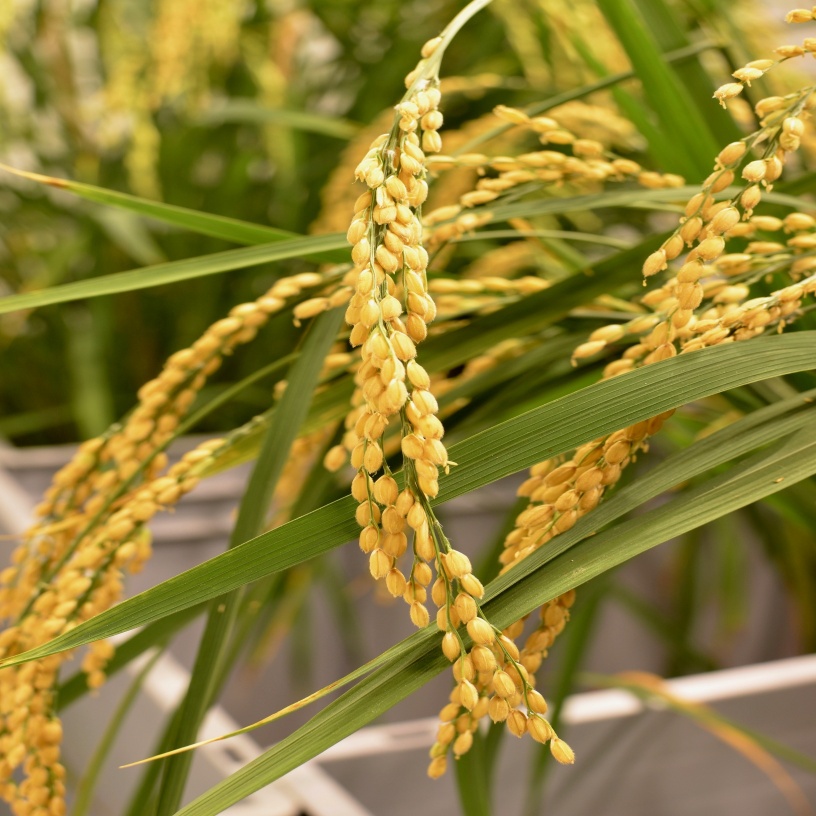
Oryza sativa japonica Kitaake
Rice (Oryza sativa) is a staple food for half the world's population. In addition to its critical role in global food security, rice serves as a model for studies of other monocotyledonous species, including candidate biofuel crops such as... read more
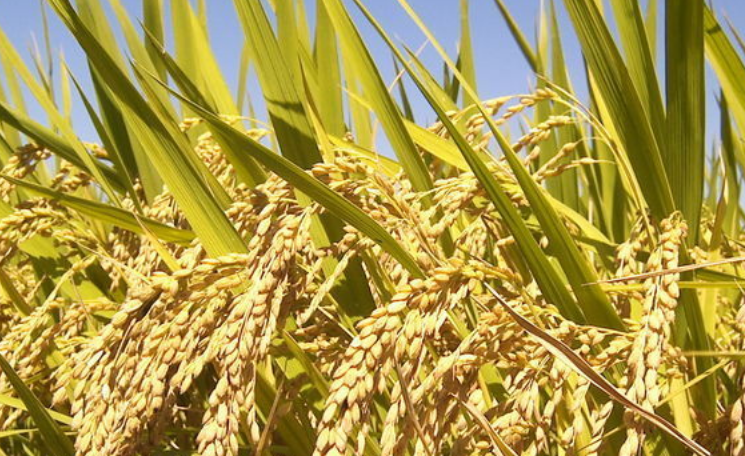
Oryza sativa japonica Nipponbare
Oryza sativa (rice) is a monocotyledonous flowering plant of the family Poaceae and is one of the most important crop plants in the world, providing the principal food source for half of the world's population. Oryza sativa subsp. japonica is one... read more
